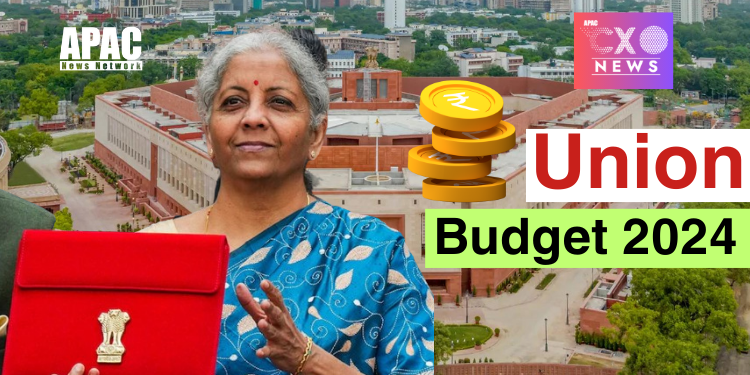The Future of Non-English Advertisement in India
The prevalence and significance of local languages can manifold a brand’s digital presence with apt, consumer-driven content.
India places second as one of the largest online markets globally, with over 560 million internet users every single day. With such a diverse market having an exponential growth rate, brands are leveraging every means possible to entice their audience into interacting with their respective brands.
In a country with over 100 major languages, local languages are the key to capturing the following billion Indian users that’ll soon be online. However, due to an avid influence from the West, brands solely relied on English as their first language to interact with the Indian audience.
However, due to India’s vast demographic of internet accessibility and usage, brands are making a swift and intelligent shift to deploying campaigns in Indic languages to strengthen their digital presence by not limiting themselves to their designated audience.
A survey recently estimated that India’s Hindi and local language user base will surpass the country’s English language users and will account for 75% of total Indian users online. With stats clearly in favour, it would be wrong to assume that non-English advertisements are ending in India. Instead, it’s more of an open invitation to brands to release content that caters to the local audiences varying from tier-one, two and three cities and diversifying their advertisements.
The prevalence and significance of local languages can manifold a brand’s digital presence with apt, consumer-driven content as 90% of internet users prefer to interact with brands that release content in a language familiar to them. As consumers, it’s a thoughtful and powerful gesture from brands to lean into local languages. With appropriate cultural and linguistic relevance, consumers can easily resonate with brands.
To acquire a broader digital coverage, brands translate keywords from their English-driven campaigns to local languages and pace growth for Indic Language SEM traffic. Some brands initiated Call extensions on search bars to connect with the local audience in their native language via call centres.
Besides releasing content in native languages to widen the scope of their target audience, brands should take this up as an opportunity to develop meaningful relations with their users. For example, brands should focus on contextual ads that can be used to familiarise the product in-depth. Also, making in-App/Website features for language-specific content and active customer service specific to user language is another way to get more users on board with your brand.
A newer, more thoughtful way is to engage with lower CPA audiences and provide relevant content that drives conversion. It is a great way to ensure both a better ROI and customer engagement. Transliterating is also a powerful tool to create inclusive campaigns that have high user retainment.
It’s time for brands to invest in creating local-language landing pages and assets to ease queries for new internet users to familiarise themselves with the brand via online content in their native languages. By creating a comfort zone, brands should seize to earn the trust of their users and establish a long-term relationship with them.
As Seen On:-




